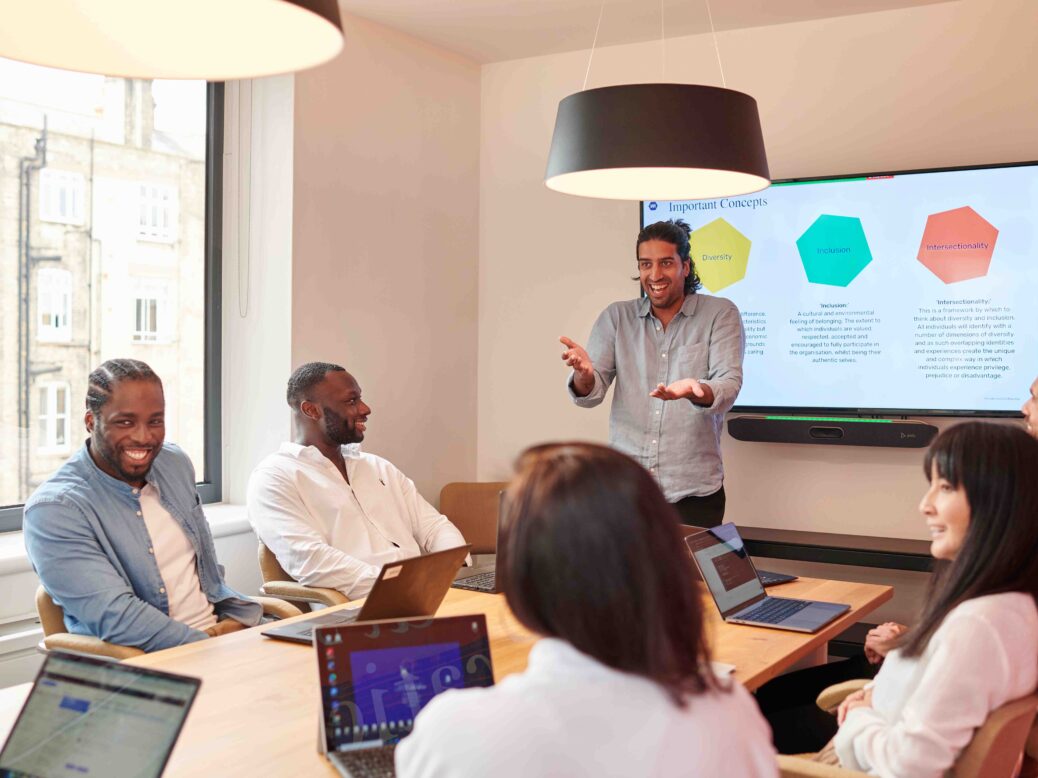
The university model is failing students for three reasons. Traditional education imparts knowledge, but not skills or behaviours; it offers only a single shot of learning; and it happens in the classroom, not in the real world.
This time last year, we hadn’t experienced the novelty of using ChatGPT as a virtual assistant, the world’s biggest tech companies weren’t yet scrambling to launch their own competitors, and the general public hadn’t conceived of how transformative the technology could be to their lives.
Universities lead so much research into fast-growing technology, and academia is so paramount in its development, yet these same institutions often lag behind when it comes to teaching students how to apply it. University students are on the same courses, working from the same syllabi, and sitting the same exams as their contemporaries have sat – sometimes for decades – even through this age of extraordinary transformation.
For evidence of the impact of a style of learning that is not applied, you only have to look at computer science graduates. You would think they would be best-positioned to thrive in this digital era, yet they have the highest unemployment rates of any university degree. It isn’t because of a lack of knowledge, but because university has failed to develop skills and behaviours.
That leads to a stark mismatch between what we’re teaching young people in universities and the reality they’ll face when they’re thrust into the working world.
Our broken education system isn’t just letting down young people. Digital transformation brings challenges for everyone, no matter their age or the stage of their working life. We’re all asking ourselves whether our jobs are at risk from AI, now or in the future. While the World Economic Forum estimates the creation of 97 million additional jobs, they also predict 85 million clerks, secretaries and customer service workers might be displaced.
[See also: Have the Conservatives forgotten education?]
Right now, we’re training people for three years in university and expecting it to see them through 30 years in the workplace. But to equip the workforce with the skills to get the most out of AI – whether that’s building the next transformative tool or learning to harness what’s already out there – we need to move to a system of lifelong and on-the-job learning.
To achieve this, we need a framework for developing educational programmes that deliver relevant competencies (knowledge, skills and behaviours), and that can be flexible to meet the evolving needs of the workforce.
What should this framework look like? It should offer learning that combines knowledge, skills and behaviours. It should be continuous, offered throughout life in a way that keeps up with the changing world. It should be personalised to a person’s role and career aspirations. It should be applied: helping both the person and their organisation see immediate value. And finally, it should be delivered not in a lecture hall but in a practical way.
And, of course, this system must be available to all individuals regardless of their ability to pay.
This is where apprenticeships tick all the boxes. Applied learning, led by businesses who know their sector better than anyone, is the most effective and dynamic way of giving people the practical, relevant and modern skills they need while giving them an income.
But, as well as thinking about what competencies we’re teaching, we also need to consider how they are taught. There is a significant role here for artificial intelligence.
We expect teachers to take on the full load of being subject-matter experts, lecturers, schedulers, mentors and disciplinarians all at the same time. We don’t ask any other trained professionals to take on so much additional burden.
What AI can create is more time for teachers to teach. For example, AI tools can act as digital assistants, shifting teachers’ energy away from administrative tasks and freeing them up to spend more time educating. The result is a higher quality of education, and funding that can be diverted towards developing new apprenticeships, opportunities and pathways for workers throughout their working lives.
At Multiverse, we have been developing generative AI tools that will help hundreds of our coaches to do things like setting and assessing work, and devising personalised learning plans for apprentices. Apprentices will benefit from attentive coaches who are solely focused on educating them, data-led insights that can tailor learning to each individual, and open access to a wide range of resources.
It’s developments like this that are evolving apprenticeships, a centuries-old route, for the digital age. What apprenticeships offer is a vehicle to bring in a radical new approach to education that focuses on applied, ongoing and hyper-relevant learning. Where learning matters for the real world, not just for the exam hall.
Achieving this requires political will.
Government should double down on its commitment to protect apprenticeships. This means treating them with the same prestige as any other route, tackling the long-held perception that apprenticeships are an inferior option. Any alternative model should – at the very least – incorporate the best aspects of apprenticeships, such as the rigour and discipline they offer with principles of applied learning.
Second, it’s essential that the government supports workers to reskill at any age, rather than just at the beginning of their working life. The rapid acceleration of AI means that it is inevitable people’s jobs will significantly change or even be at risk in the middle of their career, unless they’re able to reskill. Beyond apprenticeships being a golden opportunity for those at the start of their career ladder, the government must also prioritise the availability of training options at all stages of an individual’s working life to ensure we can reskill at the same pace our technology is progressing.
Apprenticeships put employers at the heart of learning programmes, making sure that the skills apprentices learn on the job are relevant to their business, wider sector and the modern economy. Government partnering with businesses to open these doors for workers of all ages is the key to unlocking a reskilling effort on the vast scale we need in the new generation of AI.
The opportunities that innovation and digital transformation create are clear: we’re entering a new world with enormous potential. Now we must ensure a generation of workers are ready for it, with agile and ongoing training fit for the modern day.
[See also: Education’s inequality curse]




